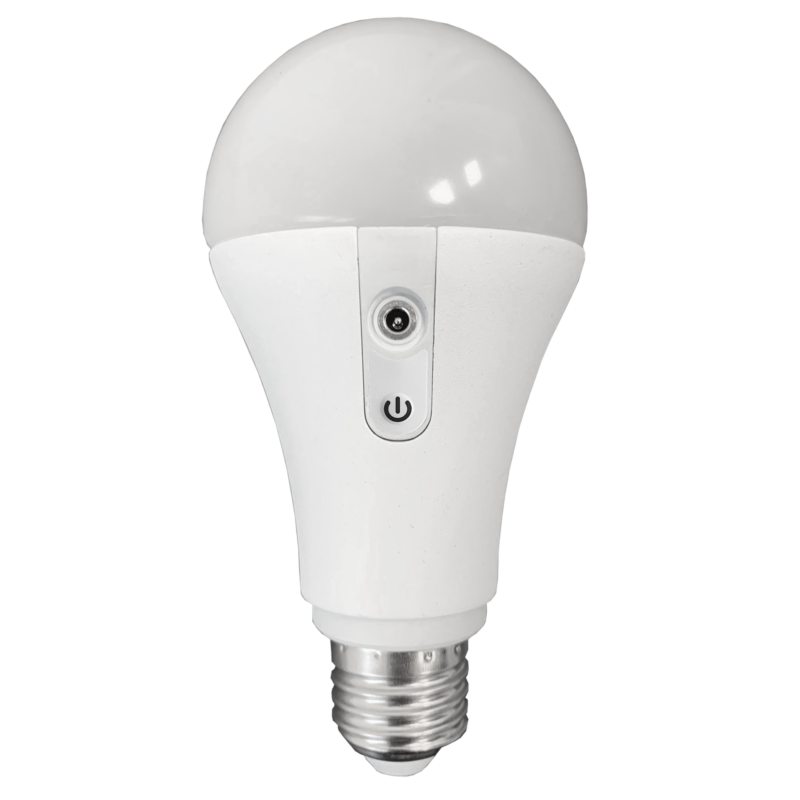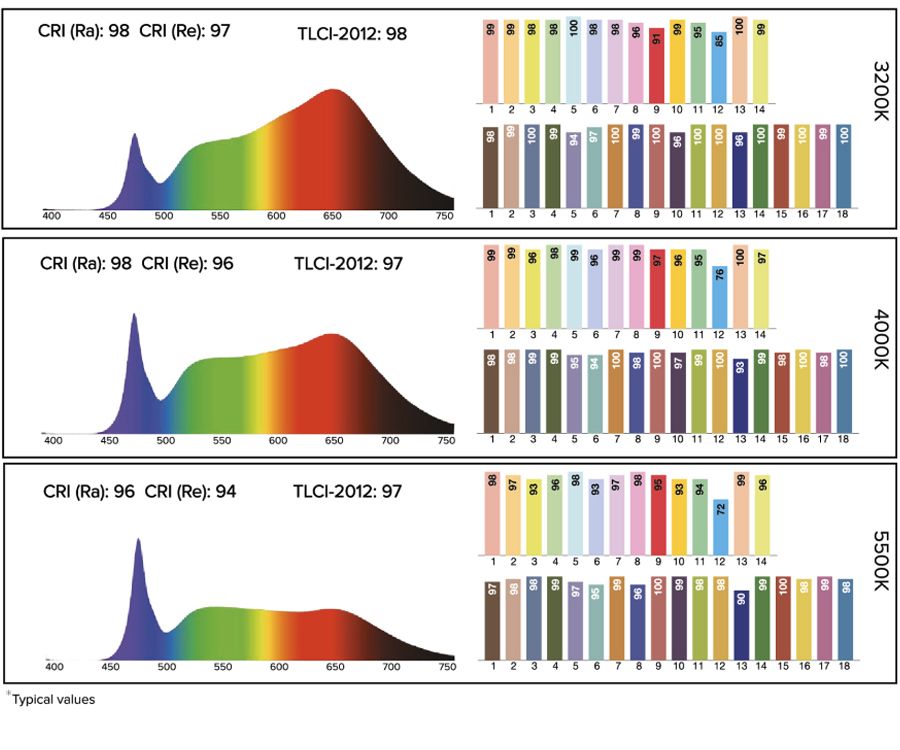Order Codes | FP5-E26, FP5-E27, FP5-B22 |
|---|---|
Order Codes Black Edition | FP5-E26-B, FP5-E27-B, FP5-B22-B |
LED Engine | Titan LED Engine |
Colors | RGBMintAmber |
Total LED Power | 14 W |
LED Power Draw | 10 W |
Luminous Flux 3200K | 618 Lumens |
Luminous Flux 4000K | 750 Lumens |
Luminous Flux 5500K | 683 Lumens |
Light Output 3200 K @ 1m | 114 Lux |
Light Output 5500 K @ 1m | 124 Lux |
CRI (Ra)/ TLCI 3200- 6500 K | ≥96 |
Beam Angle | 155° |
Field Angle | 205° |
Strobe | 0 – 25 Hertz |
Pixels | 1 |
DC Input | 5-18 VDC, 2.1 A |
DC Connector | 3.5 mm x 1.35 mm |
AC Input | FP5-E26: 100-120 VAC, FP5-E27: 100-240 VAC, FP5-BC: 100-240 VAC |
AC Connector | E27 (EU) / E26 (US) / BC (on special order) |
Wired DMX | No |
CRMX Receiver | Built-in |
BluetoothBridge BTB | Built-in |
Wireless Protocols | CRMX, UHF, Bluetooth |
Wireless Range | CRMX/UHF up to 100 m / 110 yds Bluetooth up to 3 m / 3.3 yds |
Infrared Control | Yes |
Housing Material | Metal & Polycarbonate |
IP Rating | IP44: connected via AC + FP5-SP in DC socket IP20: connected via DC socket |
Ambient Operating Temperature | 0 – 40 °C / 32 – 104 °F |
Weight | 240 g / 0.53 lbs |
Dimensions L x W x D | Ø 70 mm x 130 mm / Ø 2.76" x 5.12" |
Mounting Options | E26/27/BC socket |
All specifications provided are typical values and may be subject to change without prior notice.

